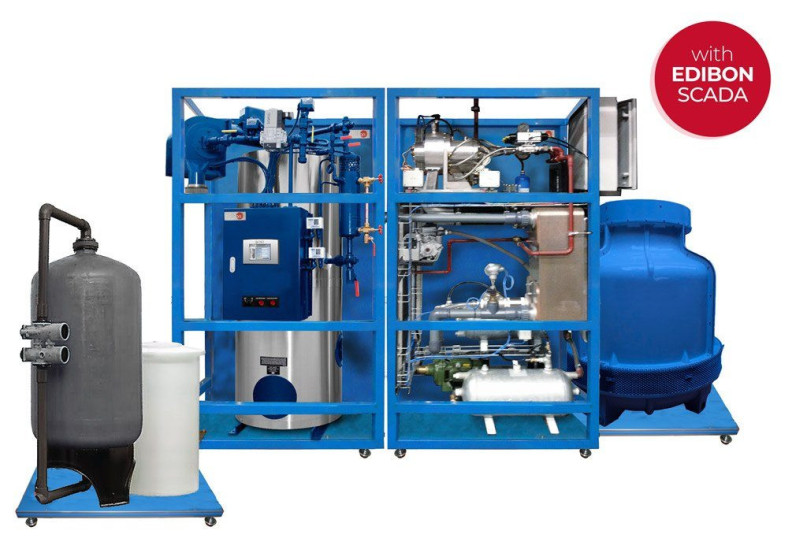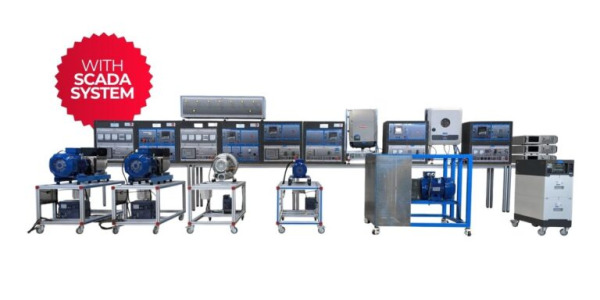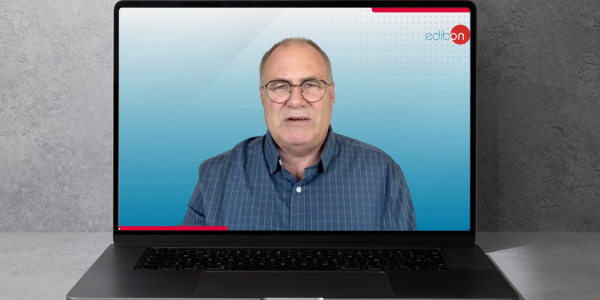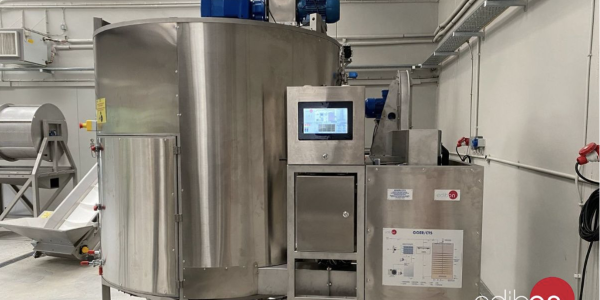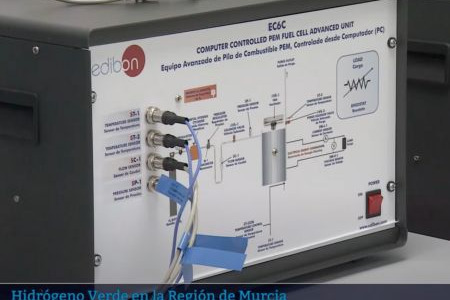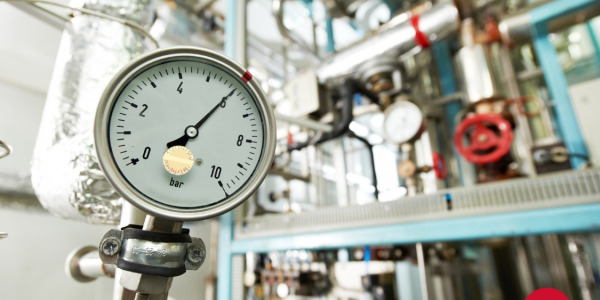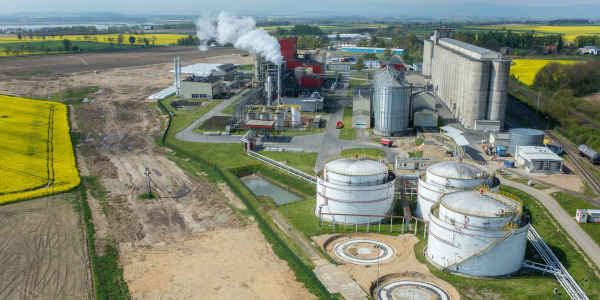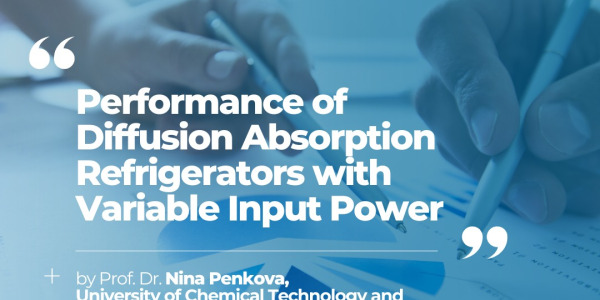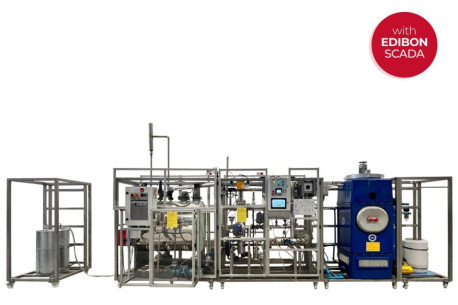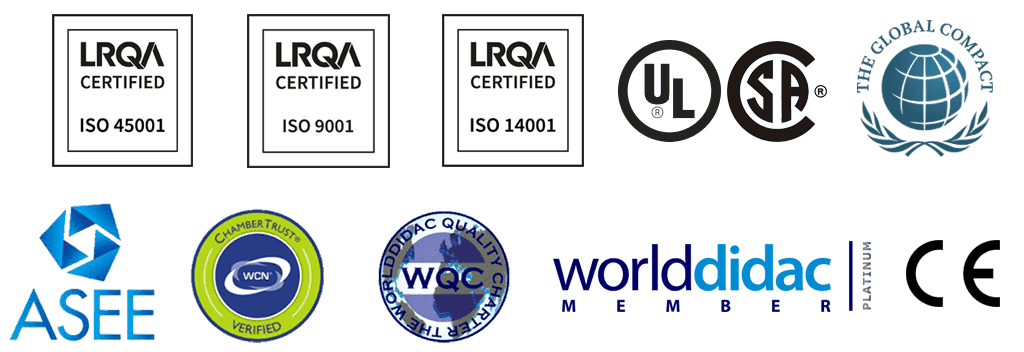For decades, the traditional energy model has relied on large, centralized power plants that generate electricity and distribute it through extensive grids to end users. While this model has proven effective, it now faces major challenges: the need to integrate intermittent renewable energy...
The electrification of society and the ongoing expansion of renewable energy are profoundly transforming the global energy landscape. This transition to clean and sustainable sources presents a critical challenge: how can we store energy efficiently, safely, and sustainably to ensure it is...
Pilot plants are small-scale processing plants designed to simulate industrial or research processes before large-scale implementation. They are essential for testing technologies, optimizing processes, and validating models before investing in mass production. These plants allow researchers and...
At EDIBON, we reaffirm our commitment to the advancement of clean and renewable energy, with a special focus on green hydrogen as a key driver for a more sustainable future. We are proud to have been selected to equip the first Green Hydrogen Laboratory in the Region of Murcia, a pioneering space...
The shift towards electric vehicles (EVs) has gained considerable momentum worldwide, promising a reduction in greenhouse gas emissions and a path to a more sustainable future. However, as the demand for EVs accelerates, so too does the need for large quantities of essential minerals, such as...
Thermodynamics and thermotechnology are fundamental fields of engineering that play a critical role across various industries, from energy generation to climate control. Understanding these foundational concepts is essential not only for engineers but also for fostering technological innovations...
At EDIBON, we are committed to strengthening skills as a strategic pillar for the competitiveness and social well-being of the European Union. Proper training not only boosts the economy but also enables individuals to fully participate in society and democracy.
In a world where energy demand continues to rise and non-renewable resources are rapidly depleting, the need for sustainable, environmentally friendly solutions has never been more urgent. The circular economy and the use of organic biomass to produce biofuels are emerging as key answers to...
We are excited to celebrate the publication of the article by Prof. Dr. Nina Penkova titled "Performance of Diffusion Absorption Refrigerators with Variable Input Power" The study explores how absorption refrigerators, which utilize waste or solar energy for heating and cooling, can operate...
Direct Air Capture (DAC) is an innovative technology that removes CO₂ directly from the air using chemical reactions with liquid solvents or solid absorbents. Despite challenges such as high costs and energy consumption, DAC offers a potential solution to reduce atmospheric CO₂ concentrations and...
 Cookie preferences
Cookie preferences

